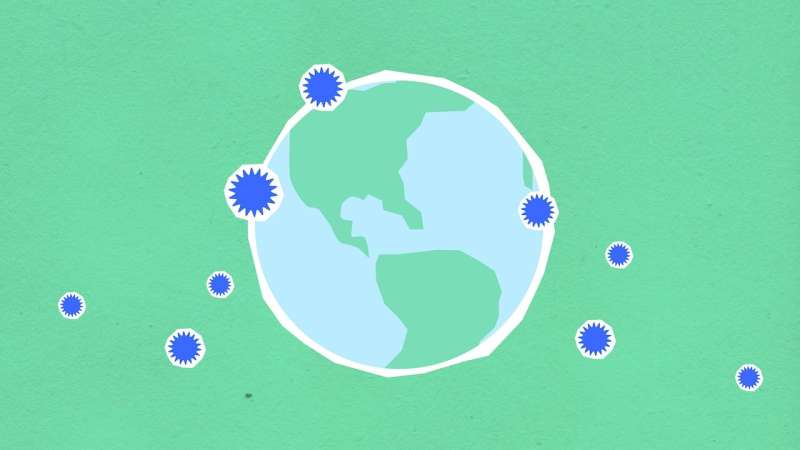Monkeypox outbreaks associated with human-to-human transmission outside endemic areas


Since May 2022, cases of monkeypox have increased globally, stirring fears of a new pandemic. A study published in the open-access journal PLOS Pathogens on September 22 by Professor Souha Kanj and colleagues at the American University of Beirut Medical Center, Beirut, Lebanon, presents synthesized descriptions of its clinical characteristics, risk factors, infection control and prevention measures, as well as potential treatments.
Historically, monkeypox was mostly confined to endemic areas in Western and Central Africa and was mostly transmitted through contact with infected animals. However, human-to-human transmission has recently become the primary mode of transmission, raising concerns for previous undetected community spread.
To better understand the epidemiologic landscape of this emerging outbreak, the authors conducted a literature review of the available evidence on monkeypox. They found that during the current outbreak, confirmed, probable, and/or possible monkeypox cases have increased tenfold across more than 76 countries. The data suggest an increase in the disease incidence and possible improved surveillance. Current cases showed a rapid human-to-human transmission, raising concerns for rapid community spread, though not necessarily related to travel to endemic areas in Africa.
The literature review has several limitations, including the small sample size of case studies and the absence of randomized controlled trials on monkeypox therapy, both of which limit generalizability. Larger and more robust studies are needed to determine the specific risk factors, transmission modes, and potential therapeutics, as well as the scope of the current outbreak.
According to the authors, “Key gap information needs to be further studied to provide better answers such as the exact mode of transmission and the role of animal reservoirs. Sexual modes of transmission, genetic mutations, waning immunity from smallpox and previous undetected cases of monkeypox warrant further investigation. Doctors should also keep in mind the atypical presentations and rely on the WHO and CDC criteria to guide patients and help in containing outbreaks.”
Source: Read Full Article